This article was written by Tom Eisenberg and by wikiHow staff writer, Aly Rusciano. Tom Eisenberg is the Owner and General Manager of West Coast Tires & Service in Los Angeles, California, a family-owned AAA-approved and certified auto shop. Tom has over 10 years of experience in the auto industry. Modern Tire Dealer Magazine voted his shop one of the Best 10 Operations in the Country.
This article has been viewed 51,933 times.
Oil is a key factor in keeping your car running, and a low oil level could be detrimental. Engines create heat, and oil flows through them to cool each moving part. No oil means no cooling. In this article, we’ll tell you everything you need to know about how to spot signs of engine damage from no oil and what early low oil signs to look out for.
This article is based on an interview with our auto technician, Tom Eisenberg, owner of West Coast Tires & Service Check out the full interview here.
Steps
Signs of Possible Damage from No Oil
-
1Clicking and clunking noises may be signs of damage. These will be sharp noises that sound like pieces of metal grinding together. Oil lubricates the moving parts of your engine, and without oil, it won’t have anything to keep it moving smoothly.[1]
- Pull over and check your engine for the cause of the sound.
- These noises could also indicate a loose wheel cover, bent fan blade, or stuck valve lifter.
-
2An engine will stall if there’s no oil. There’s nothing to keep engine parts from scraping together and overheating without oil. Your car will lag, stutter, or stall. Unfortunately, the only way to repair this damage is to replace the entire engine.
- If your car stalls, remain calm, turn on the emergency hazard lights, put your car into neutral, and safely move to the side of the road.[2]
Advertisement -
3The car might start smoking without oil. An engine can easily overheat when there’s no oil, which can lead to smoke or even an engine fire. This is because the oil acts as a lubricate against the engine’s friction.
- If your car starts to smoke, pull over, turn the engine off, get out of the car, and call roadside assistance.
Warning Signs of Low Oil
-
1The oil light turns on. You may notice that the little oil symbol on your dashboard has turned on. This is a clear sign that your oil needs to be changed.
-
2A burning smell could be from low oil. This odor is thick, acidic, and smokey and is possibly due to burning or lowering oil.[3] Rather than continuing to drive, pull over and check your oil. It may be time to add some more.
-
3Dropping gas mileage may be from low oil. Your car has to work extra hard when it’s running on low oil, which can lead to the engine’s combustion chamber malfunctioning. A sudden change in gas mileage could be a sign the compression stroke is failing.[4]
- The compression stroke is one of four strokes or events in the internal combustion engine to keep a car running.
- In this stroke, the intake and exhaust valves close, trapping air and fuel in the combustion chamber.
- If the compression stroke is faulty, the engine will use more fuel per mile.
-
4Take your car in for service if you notice any of these signs. Damage can happen within minutes of a car running on low oil, so it’s always better to be safe rather than sorry. A mechanic will be able to pop the hood, take a closer look, and give you a diagnosis.
What are the causes of low oil?
-
1A failing oil pump could be the cause of low oil. Oil pumps are the heart of your car’s engine, pumping oil into all the nooks, crannies, and gears. If you have a faulty oil pump, your engine may not be getting enough oil in the right places.[7]
- This can lead to low oil pressure and cause an engine to lose oil faster.
-
2A faulty oil filter might lead to low oil. It’s important to invest in a quality oil filter suitable for your engine’s oil type. Otherwise, the filter can clog and leak oil, preventing oil from flowing through the engine.[8]
- Read your car’s manual to find filter recommendations.
What can I do when my car has low oil?
-
1Get an oil change. This simple tune-up can put life back into your car and give it the proper oil treatment. Simply head to your local mechanic or buy engine oil to change the oil yourself.
-
2Check the oil and clean the oil strainer. If your oil pressure is still low after an oil change, there may be an underlying problem. Follow these steps to fix a low oil pressure at home:[9]
- Park your car and turn off the engine. Wait until the engine is cool before doing anything.
- Check the oil level.
- Check the oil filter by slacking it and turning on the engine. If oil is thrown out of the filter, the filter is healthy.
- Replace the oil switch. This can wear down over time and send false signals to the car.
- Clean the oil strainer by draining the engine. This part is located in the crankcase attached to the oil pump and should only be cleaned as a last resort.
-
3Visit a mechanic. Some damage is too severe to repair on your own, especially if it means replacing the entire engine. A mechanic can diagnose your car’s problems and give you options on how to fix them. Check out these tips on finding the perfect mechanic:[10]
- Ask for recommendations from friends and family members.
- Search for reviews of the repair shop or mechanic beforehand.
- Visit the shop and look for displayed certifications like an Automotive Service Excellence seal.
- Ask the mechanic if they have experience working with cars of the same make and model as yours.
Our Most Loved Articles & Quizzes
References
- ↑ https://consumer.ftc.gov/articles/0211-auto-repair-basics
- ↑ https://www.consumerreports.org/car-maintenance/what-to-do-when-your-car-stalls/
- ↑ https://consumer.ftc.gov/articles/0211-auto-repair-basics
- ↑ https://www.repairsmith.com/i/blog/how-to-care-for-your-car-intake-and-exhaust-valves/
- ↑ https://www.cbac.com/media-center/blog/2020/july/what-happens-if-i-wait-too-long-for-an-oil-chang/
- ↑ https://rxmechanic.com/low-oil-pressure-symptoms/
- ↑ https://rxmechanic.com/low-oil-pressure-symptoms/
- ↑ https://rxmechanic.com/low-oil-pressure-symptoms/
- ↑ https://rxmechanic.com/low-oil-pressure-symptoms/
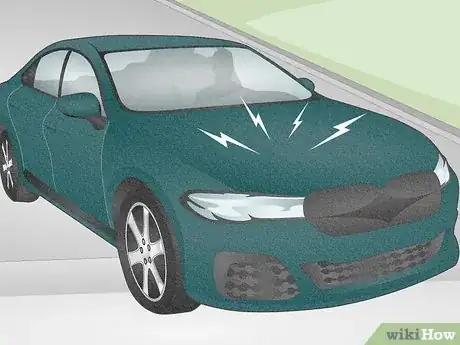
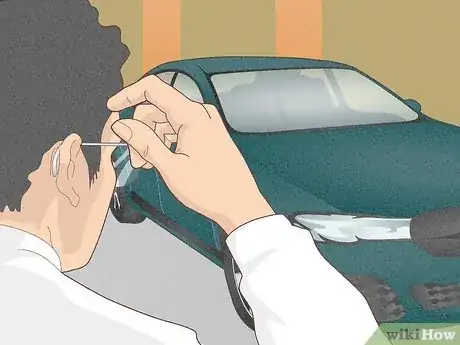
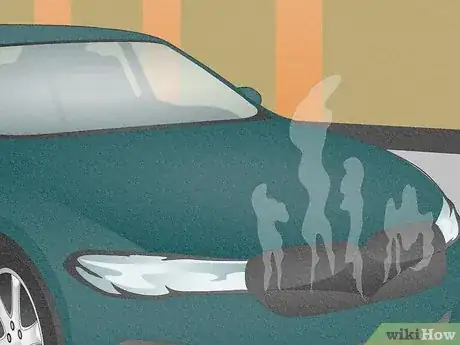
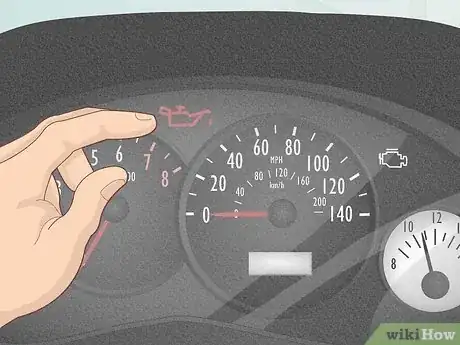

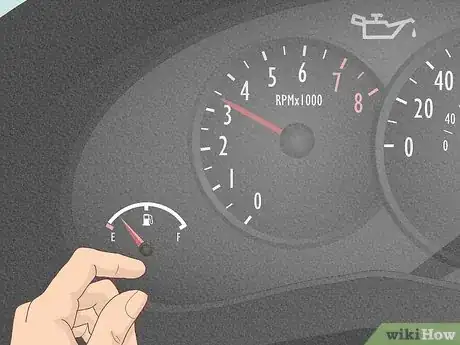
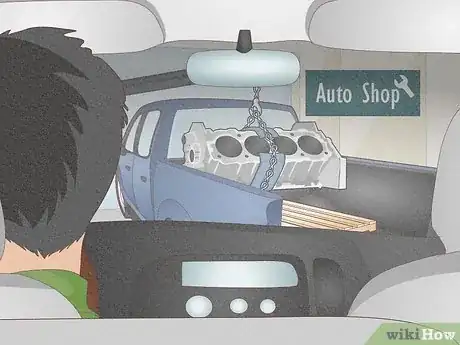
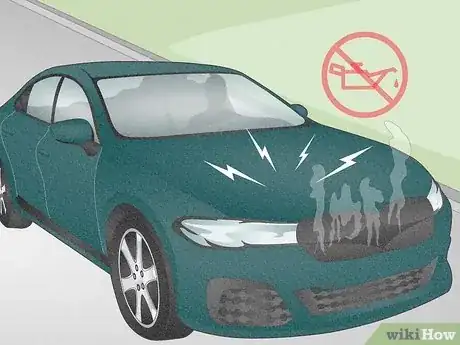
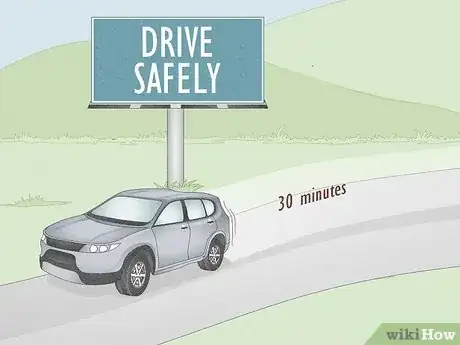
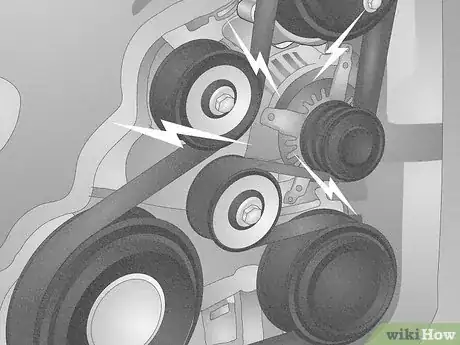
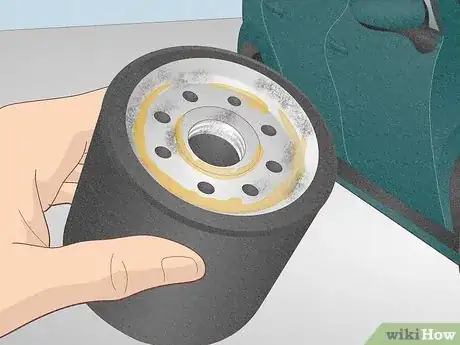
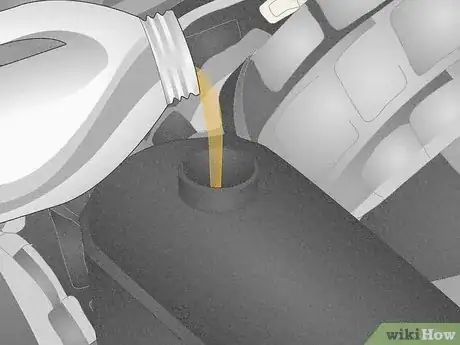
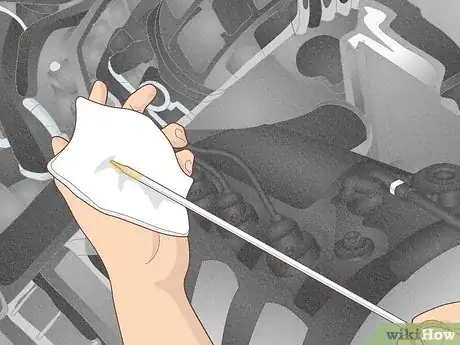
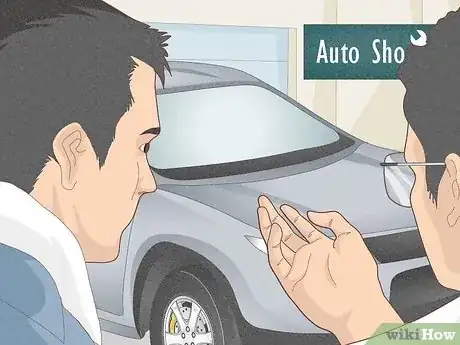








-Beetle-Step-5-Version-3.webp)

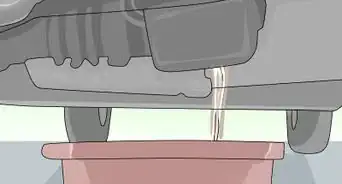

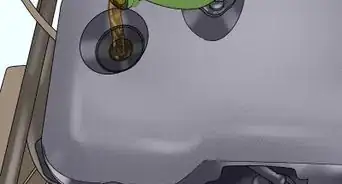
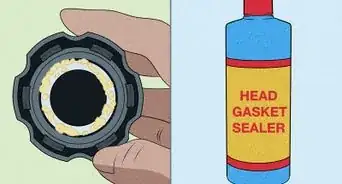
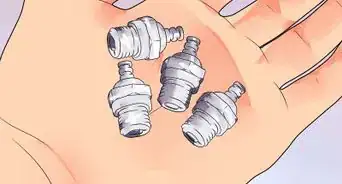

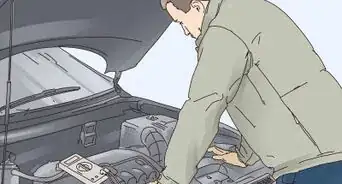
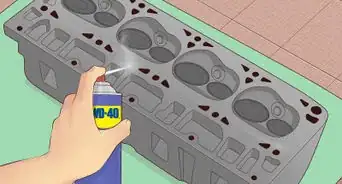







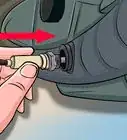

-Beetle-Step-5-Version-3.webp)





























